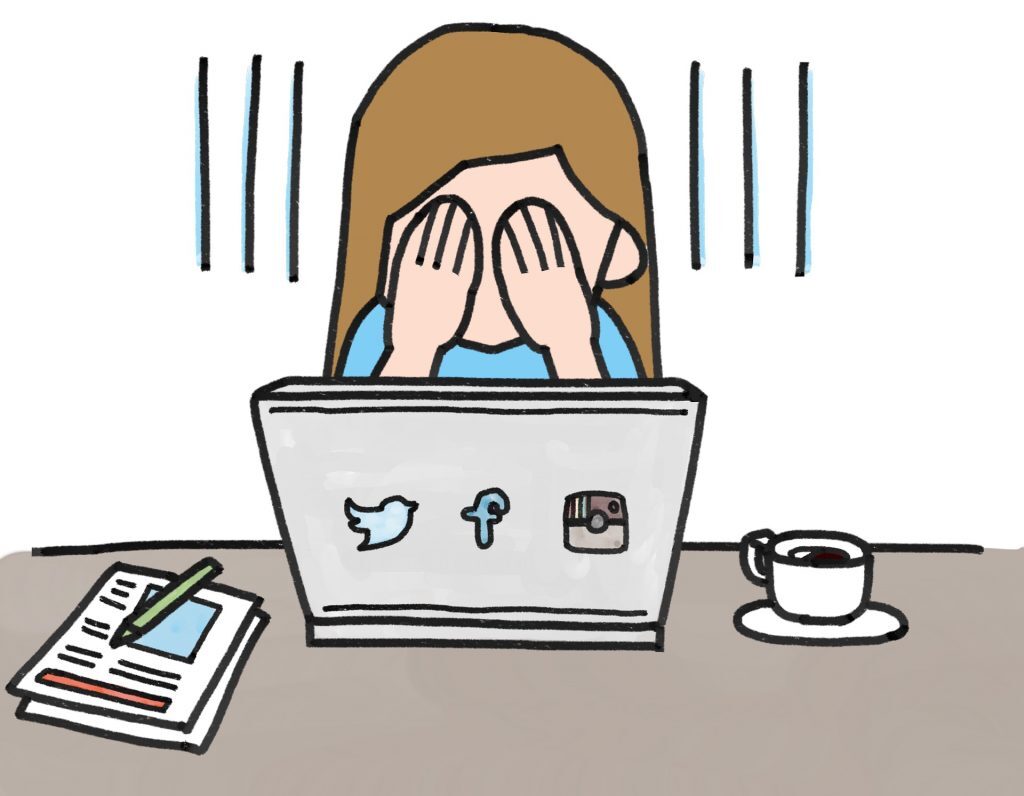 Social media feels so much like a space that is owned by its users that it’s easy to forget that there are companies behind those spaces. TikTok, the popular social media app hailing from China, has just come along with a rather hectic reminder.
Social media feels so much like a space that is owned by its users that it’s easy to forget that there are companies behind those spaces. TikTok, the popular social media app hailing from China, has just come along with a rather hectic reminder.
TikTok, according to a report from The Intercept, gave its moderators instructions to limit the reach of media it deemed undesirable — such as if users were unattractive (specifically, had “unattractive facial looks”), or the background of video was unappealing. Examples of this? If the setting was “…shabby and dilapidated” or included “…slums, rural fields [or] dilapidated housing”. The news outlet published several internal documents detailing these, and other, restrictions on user content.
All in the past?
Spokespersons for the company have confirmed the existence of the documentation but have claimed that they are outdated and that some items never went into effect. TikTok’s Josh Gartner said the rules specifically concerning perceived attractiveness “…represented an early blunt attempt at preventing bullying, but are no longer in place, and were already out of use when The Intercept obtained them.”
However, a translation [Chinese to English] of the document reads: “If the character’s appearance or the shooting environment is not good, the video will be much less attractive, not worthing to be recommended to new users.” It doesn’t sound like potential bullying was the service’s only rationale.
TikTok also told The Verge that the documentation was regional and did not apply to the US market — which isn’t very comforting here in SA. The Chinese-owned social media company was previously under fire for its censorship policies on politically-slanted live-streams, and its data collection policies are now being examined as it grows in influence. It seems to be well aware of this. Also speaking to The Verge, the service said it would stop using China-based moderators for international content.
It’s worth reading the whole Intercept report in its entirety — if only to find out what you haven’t been told about the inner goings-on of what is, on the surface, a very entertaining place to be.
Source: The Intercept




